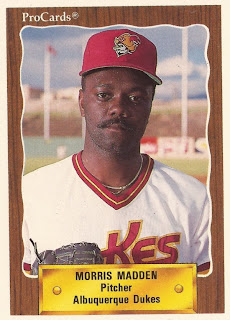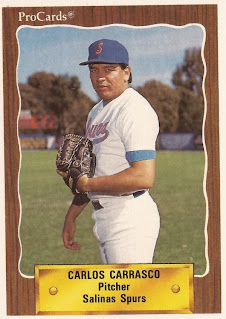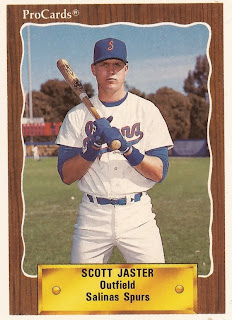Keith Kaub, Could Drive - 2704

Keith Kaub hit for both power and average in 1988 for Cal State-Fullerton, helping his Titans to the College World Series, according to The Los Angeles Times . His power came in the form of 20 home runs. His average came in at .347. Kaub was clear to The Times on which one he preferred . "I'm not here to hit singles," Kaub told The Times . "I'm looking for a pitch up, a pitch I can drive." Kaub soon turned pro, but he was unable to fully take that power and average with him. Playing in the Expos system, Kaub could only muster a total of 26 home runs and a .222 average over just three professional seasons, the extent of his professional career . Kaub's career began that year in 1988, taken by the Expos in the 28th round of the draft, out of Fullerton. Kaub went to Fullerton out of Golden West College. At Golden West, Kaub helped his team to an April 1985 win with a three-run home run . In an April 1986 game, Kaub went 5 for 6 for Golden West...














